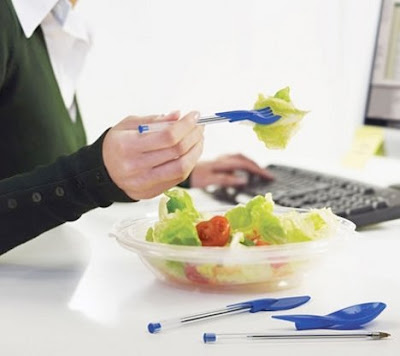
And losing weight is all about the calories. So why not burn them up while keeping your house clean? Here are some calorie-burning household chores and extra tips to help you use them.
If you don’t want to hit the gym this weekend, stay home and do some chores instead. Doing household chores regularly can help you stay in shape while keeping your house neat and clean.
There are a lot of procedures that can be done to your body to lose weight. There are also different pills and medicines that could help in losing weight but these things cost money. These procedures can be really expensive so looking for alternatives will be a good idea. Looking free ways to lose weight is even better than looking for cheaper ways. This way you will be losing weight without paying for anything. One way to do it would be to do your household chores but how to lose weight doing household chores?
A Little Extra Effort Can Help You Lose Weight
When you do the following chores, you need to make them last a little longer while also maintaining an increased intensity of pace in order to lose weight. In other words, to burn calories while doing your chores, you have to do them with an eye for effort (focus on your muscles), pace (do them a bit more quickly) and duration (for a longer period of time). Putting on headphones or a CD player and blasting your favorite music will energize you and make the activities a lot more enjoyable.
The following estimates of calories burned per chore are based on a person who weighs 150 pounds doing an activity at an increased intensity for 30 minutes. As with any part of your healthy weight loss program, results will vary from person to person.
You don't have to go to the gym, jog or play sports to burn calories. You have plenty of opportunities just doing housework and yard chores.
You probably already know if you want to lose weight how you have to burn more calories each week than you eat. This can be done by a variety of activities, such as working out at the gym, bicycling, swimming, and playing sports, etc.
Unfortunately, buying expensive exercise equipment or investing money in a gym membership isn’t feasible for everyone. What’s more, some people feel they're are too busy to find time for a work out. If you don’t have the time or money to invest in fitness, it’s easy to excuse yourself from exercising.
True, it helps to have a planned activity. But just by working hard in the house and yard you can burn about as many calories as walking on a treadmill for the same amount of time. Yes, all those mundane household chores you do at home daily count in burning a significant amount of calories.
Washing the car. A nice activity that gets you outside for some good Vitamin D from the sun, washing the car can burn 153 calories to help you reach your weight loss goals. Again, your whole body is used as you crouch down to get the tires and stretch fully over the top of the car and the hood. This activity will definitely take you 30 minutes if not more and you will feel the burn by the end of it if you do it vigorously enough. Change the arm that’s holding the sponge to get even activity for each arm and remember to wear sunscreen, if you’re in the sun.
Mowing the lawn. Walking is always recommended for a healthy weight loss program. Pushing the lawnmower around your property gives you this opportunity and can burn 162 calories to get you closer to your goal. You’re getting in a more intense walk than if you just added walking to your program. You also engage your arms and core muscles as you naturally stabilize and coordinate your movements.
Gardening. Not only is gardening an art that can also be a form of organic farming, but it also burns 162 calories to boost your weight loss program. Carrying new plants and flowers to their designated spots gives you some lifting and some cardio. If you do have an organic garden, gathering and carrying food to use in your healthy diet plan is exercise too. Plus, gardening really is a terrific way to commune with nature. Remember; always lift with your legs, not with your back.
Raking leaves. Again, large movements translate into large number of calories burned; shed 171 calories by raking leaves and you just reach your weight loss goal more quickly. Here you get more of that natural Vitamin D from the sun, too.
Scrubbing floors. Really use your muscles when you scrub floors to burn 189 calories and scrub your way to a leaner and more healthy body. Sitting on your heels, take the sponge in both hands and scrub forward, away from your body. Let your rear end come up off your heels. Then scrub back towards you and sit down on your heels again. Do this in different angles away from your body. This movement gives you great cardio and works those tummy muscles too.
Moving around furniture. Ready to redecorate? Moving your couch, chairs, dining room table, bed and other furniture burns 225 calories and gives you a new environment to inspire and encourage you as you lose weight.

